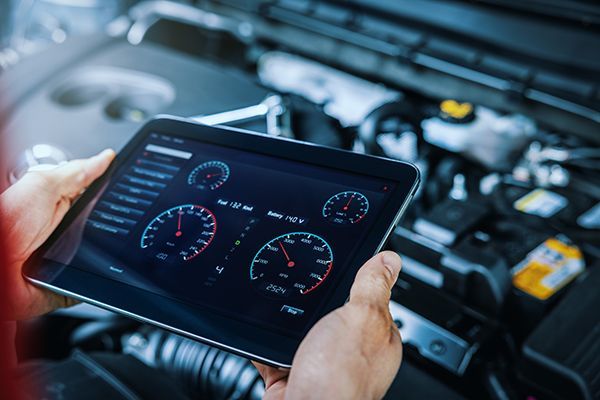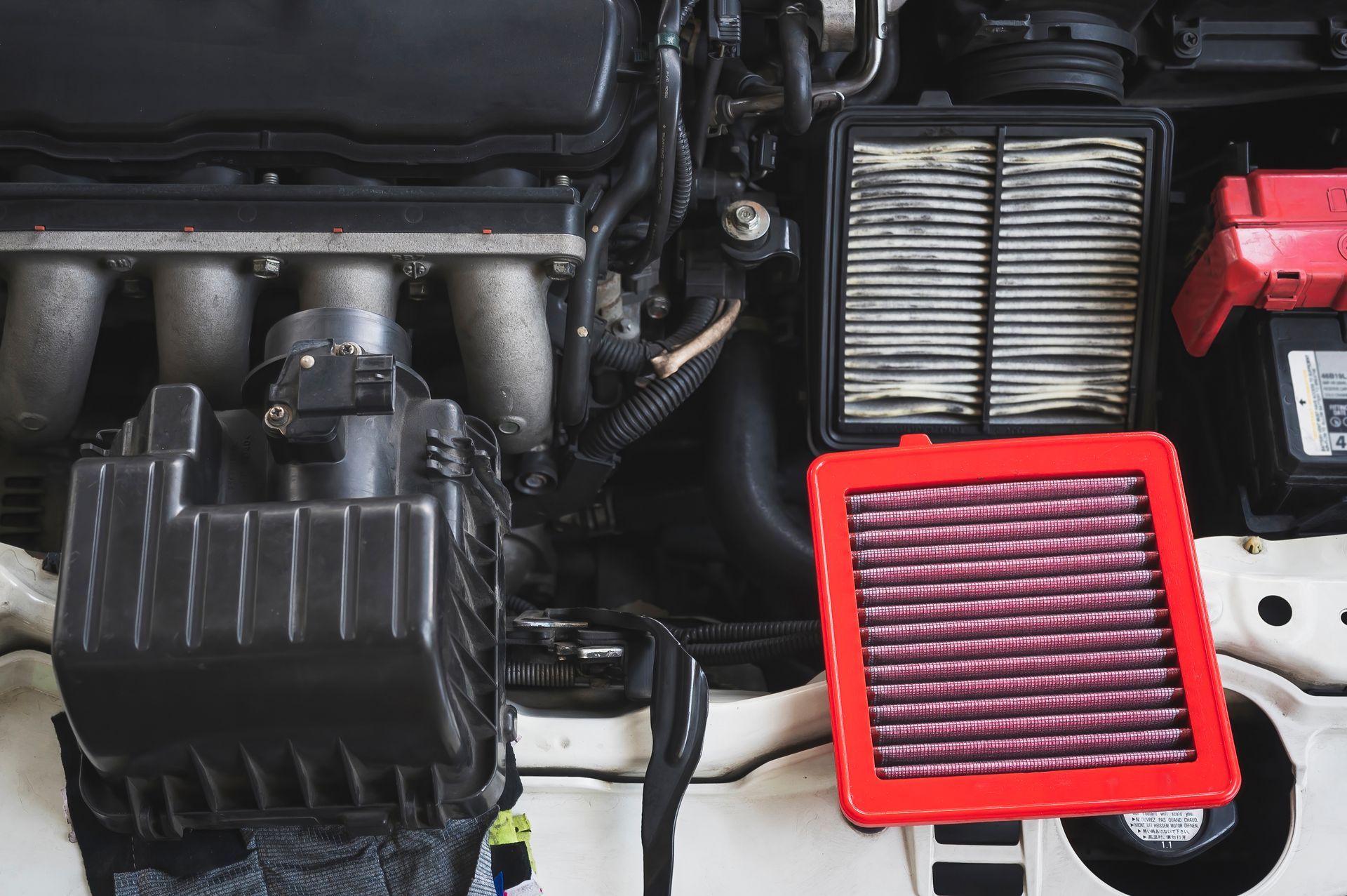
If you ever encounter the ominous glow of a check engine light or an unsettling rumble from under the hood while driving, there's no need to panic. All you need is an OBD-II (On-Board Diagnostics) scanner and the willingness to delve into your car's intricacies. Armed with these tools, you can unravel the mysteries hidden within your car's systems and emerge as a confident and capable home mechanic.
First you will have to know the ropes, but worry not because that's the first thing we will be taking a look at. Then we will give you professional insight on how to use it properly , to its full potential.
Understanding the Basics
Locate the OBD Port
Begin by identifying the OBD port, usually located beneath the dashboard, near the steering column. Some vehicles have the port in the vicinity of the driver's side, while others may position it closer to the center console.
Plug In the Scanner
Once you've found the OBD port, gently connect the OBD-II scanner. Turn the vehicle's ignition to the "On" position without starting the engine, allowing the scanner to establish a connection with the car's on-board computer system.
Access the Diagnostic Menu
Navigate through the scanner's menu to access the diagnostic functions. Depending on the make and model of the scanner, you'll have the option to read error codes, view live data, or access additional features such as emission testing and vehicle information retrieval.
Step-by-Step Usage Guide
Interpret Diagnostic Trouble Codes (DTCs)
Take note of the alphanumeric codes displayed, denoting specific issues within the vehicle's systems. Utilize the scanner's manual, online resources, or dedicated automotive forums to decipher the meanings behind each code.
Investigate Further with Live Data
Utilize the live data feature to monitor real-time parameters such as engine RPM, coolant temperature, and oxygen sensor readings. Compare these values to the manufacturer's specifications, enabling you to identify irregularities or potential areas of concern.
Analyze Freeze Frame Data
Access the freeze frame data, which captures critical vehicle parameters at the time an error occurs. Analyzing this data provides a comprehensive snapshot of the conditions leading to the fault, aiding in the precise identification of the root cause.
Clear Diagnostic Codes
Upon addressing the underlying issues, use the scanner to clear the diagnostic codes from the vehicle's system. Ensure that the problems have been resolved and confirm that the warning lights on the dashboard have been successfully reset.
By mastering the intricate art of using an OBD-II scanner, you can take charge of your car's well-being, preemptively resolving potential issues. There are exceptions, of course, and we at LightHouse Automotive know that - contact us, and we will be happy to help out with any car-related issue!








.jpeg)

